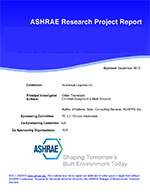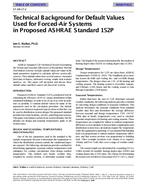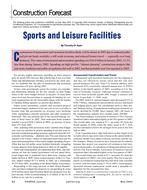It is often argued that the accuracy of the energy use predictions made by a building energy Analysis computer program can only be verified against measured data. However, this approach has several disadvantages. One is that the cost of long-term monitoring severely limits the number of program paths and input options that can be verified in a field study. A second is that experimental errors in this kind of study are often large enough to mask program errors. A third is that simple energy analysis computer programs usually predict only monthly net energy consumption. A “correct” answer may mean only that several errors cancelled out. In the present project, a different approach was taken. The program to be verified was HOTCAN 3.0, a simple residential energy analysis computer program that performs one energy balance per month. The standard of comparison was BLAST 3.0, a well-verified public domain program, which uses hour-by-hour analysis and is based on the fundamental equations of heat transfer.
The verification was carried out using a series of simple house models and a series of simple sets of weather data to test each element of the program separately. This approach successfully pinpointed several program bugs, which were then corrected. It also located three faults in the HOTCAN thermal model, which could not have been found by an overall verification, since they tended to cancel one another in typical houses in real climates. These faults were:
1. an overestimation of the monthly total solar radiation falling on a vertical surface;
2. the neglect of the effect of radiation falling on an opaque surface on the heat loss
3. an underestimation of the utilizability of internal gains in reducing the net heating
These three deficiencies were reported to the program authors. Even with these faults in the thermal model, the overall agreement between HOTCAN3 .0 and BLAST 3.0 was good. The correction of these faults will ensure that the program continues to perform well even when used for unusual house types or unusual weather conditions.
Units: SI
Citation: ASHRAE Transactions, 1987, vol. 93, pt. 1, New York, NY
Product Details
- Published:
- 1987
- Number of Pages:
- 17
- File Size:
- 1 file , 1 MB
- Product Code(s):
- D-NY-87-3039


